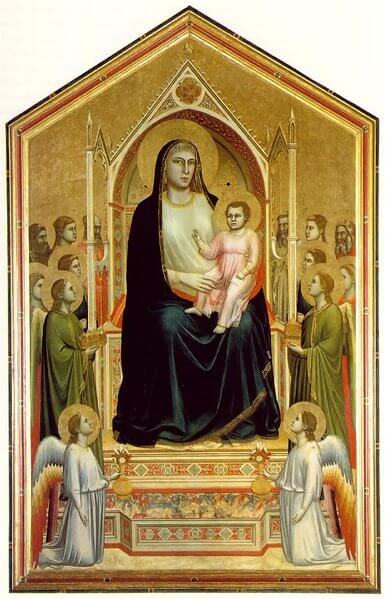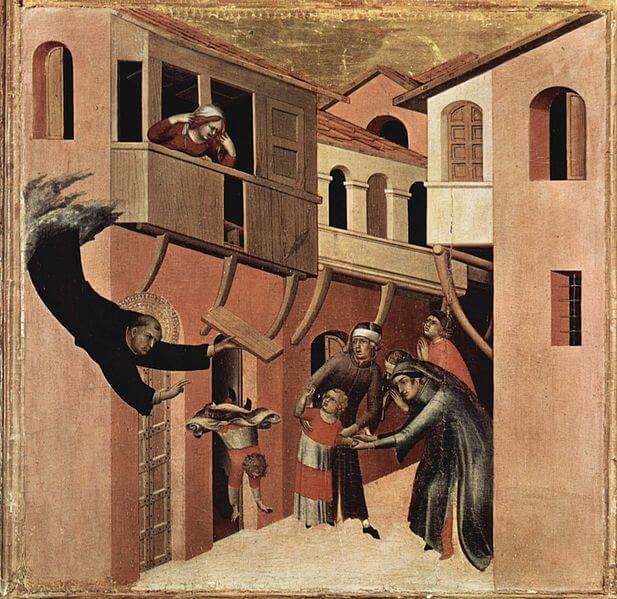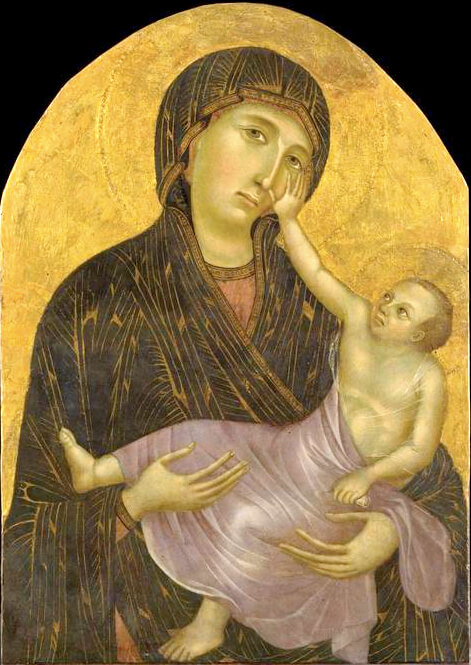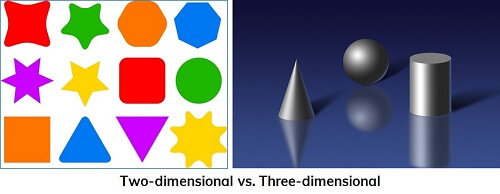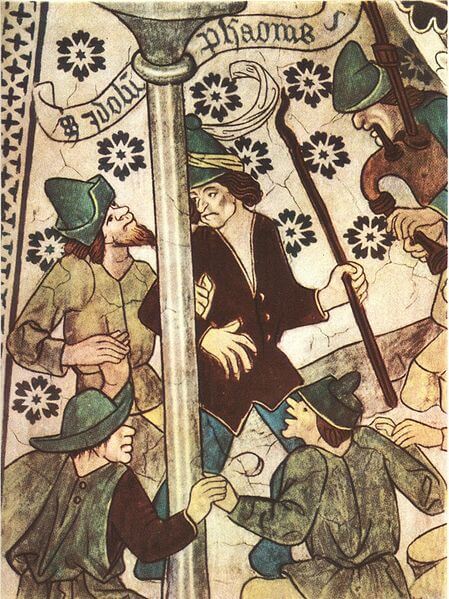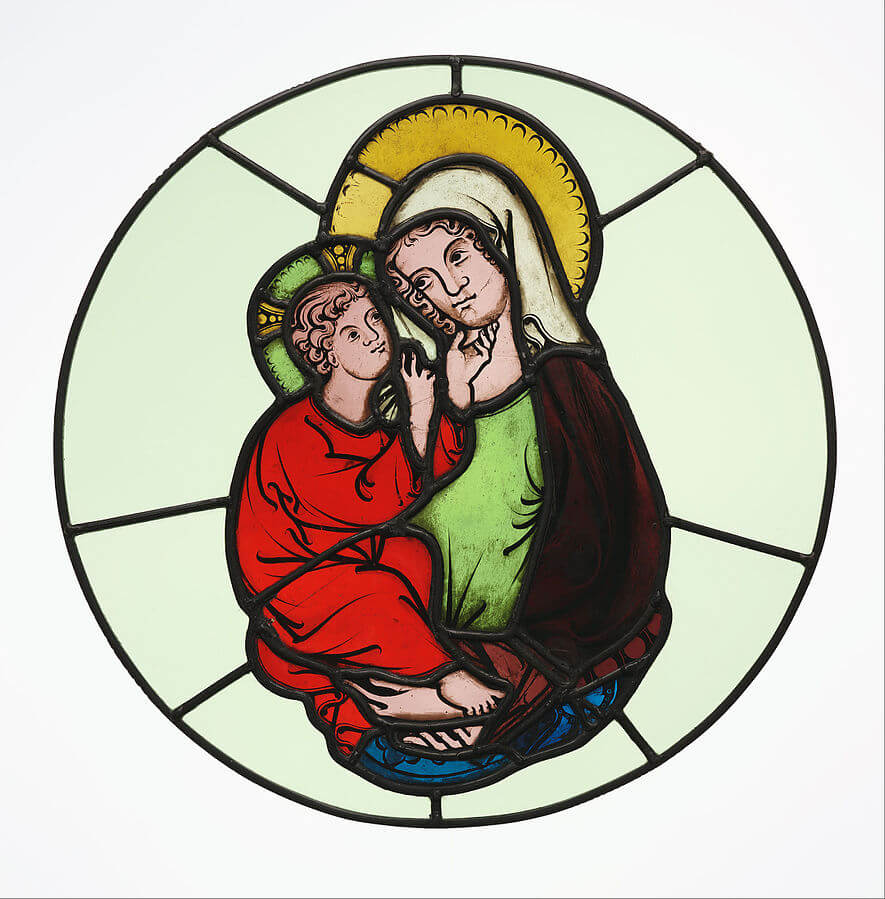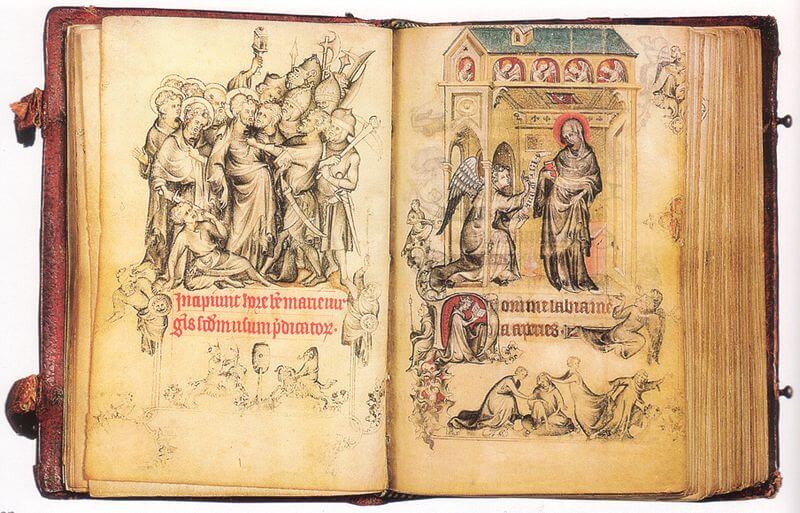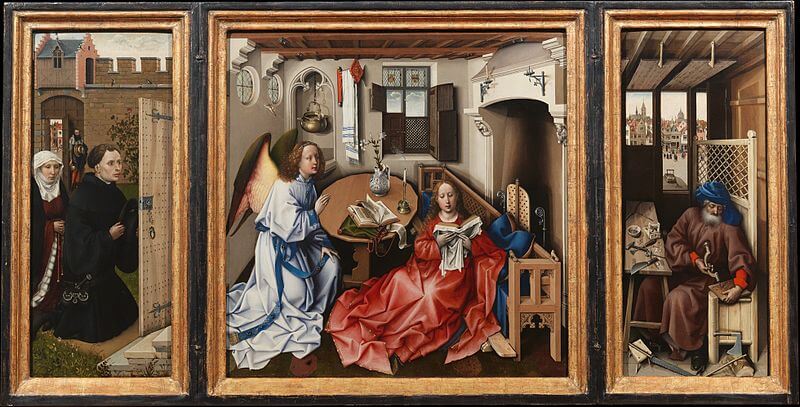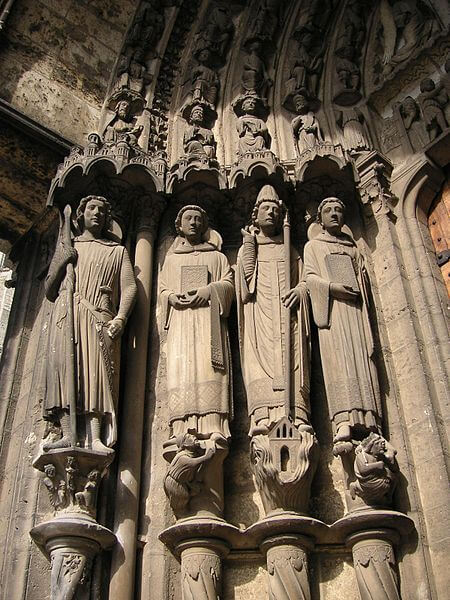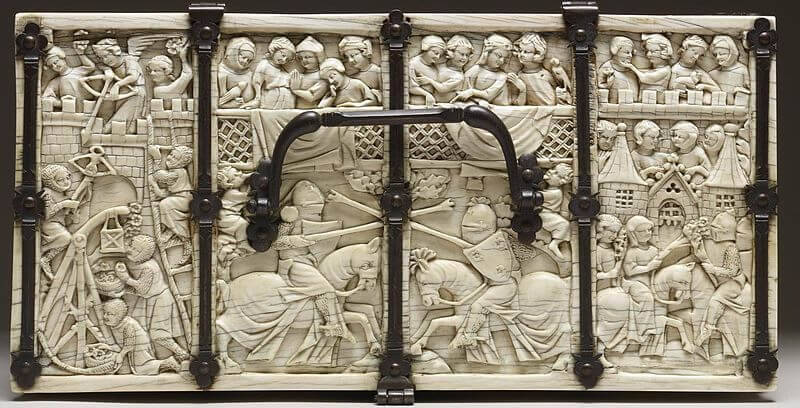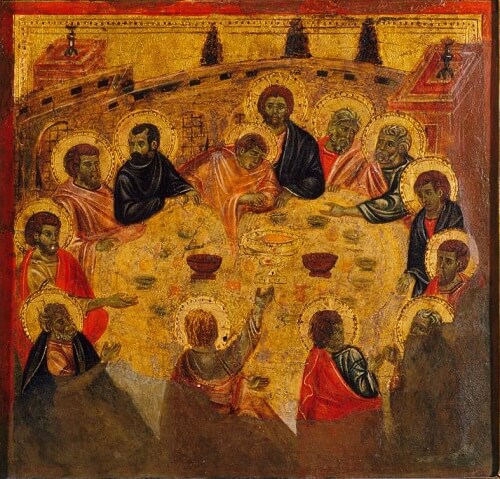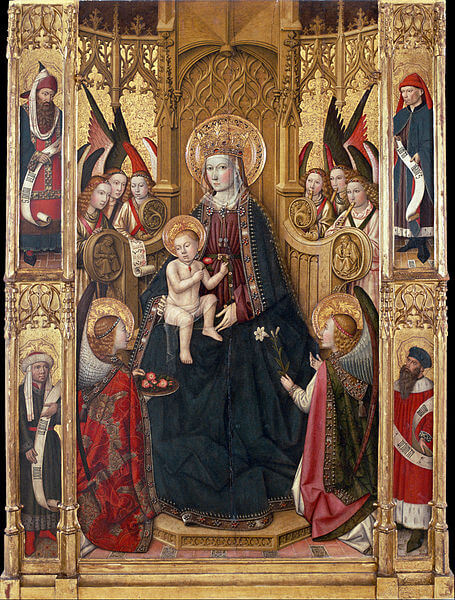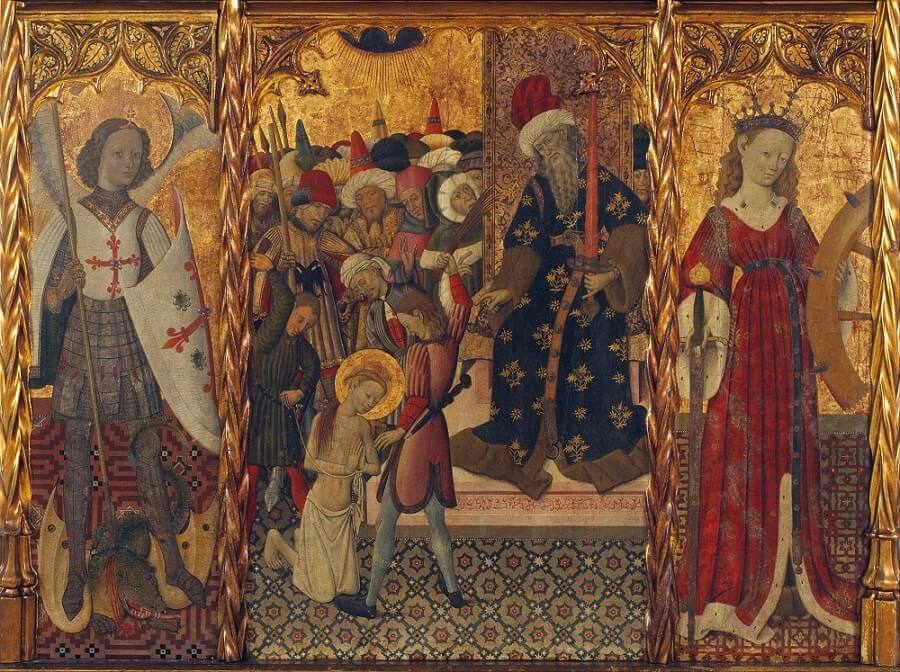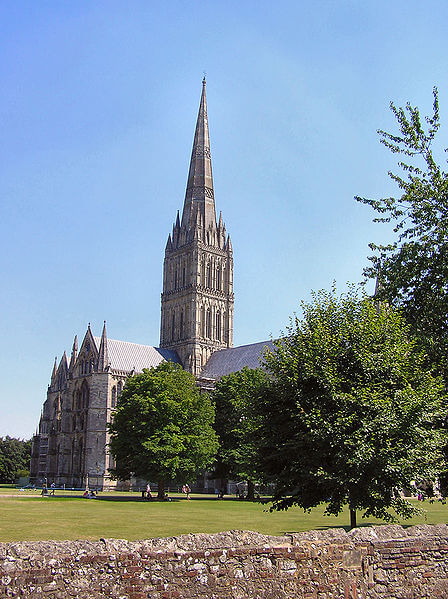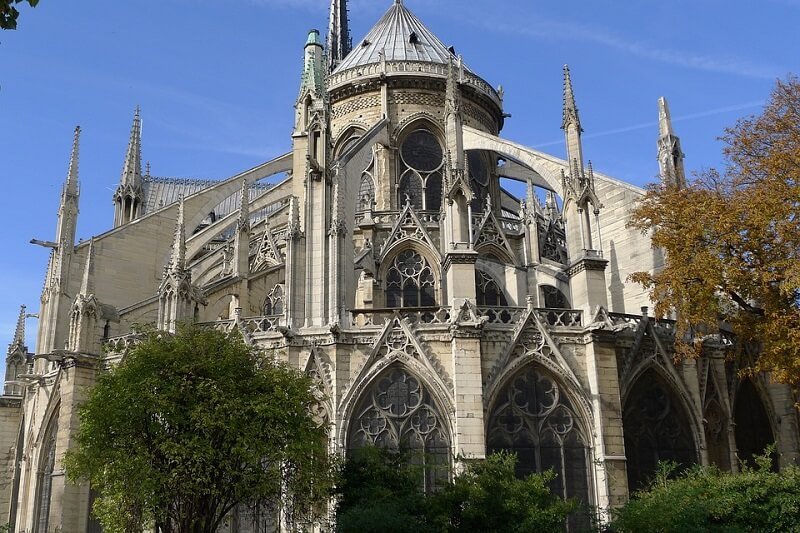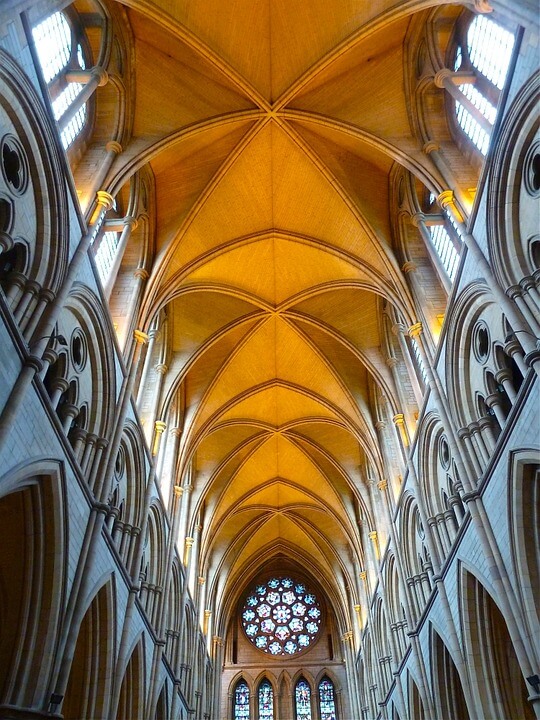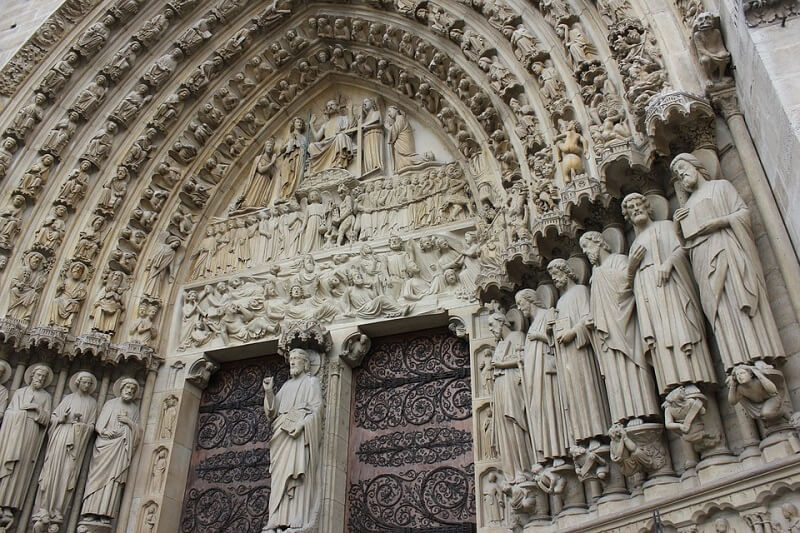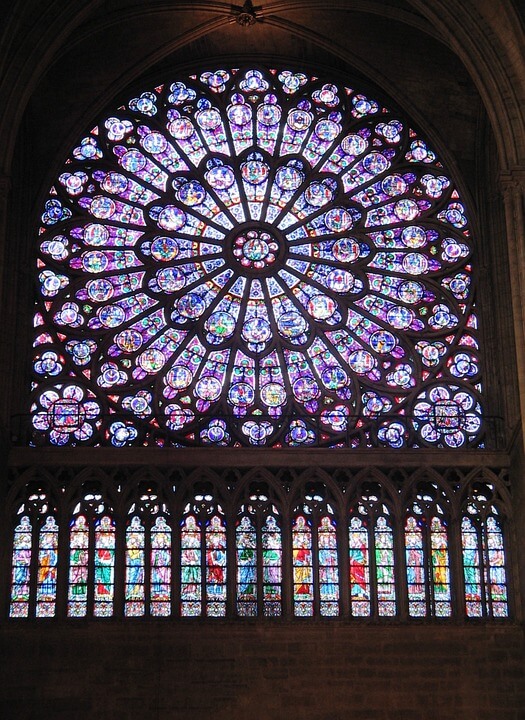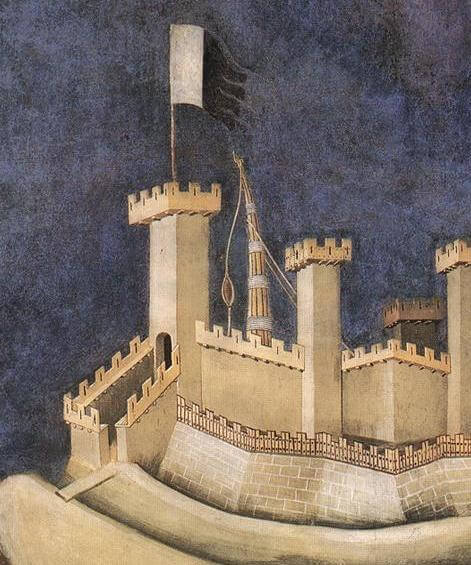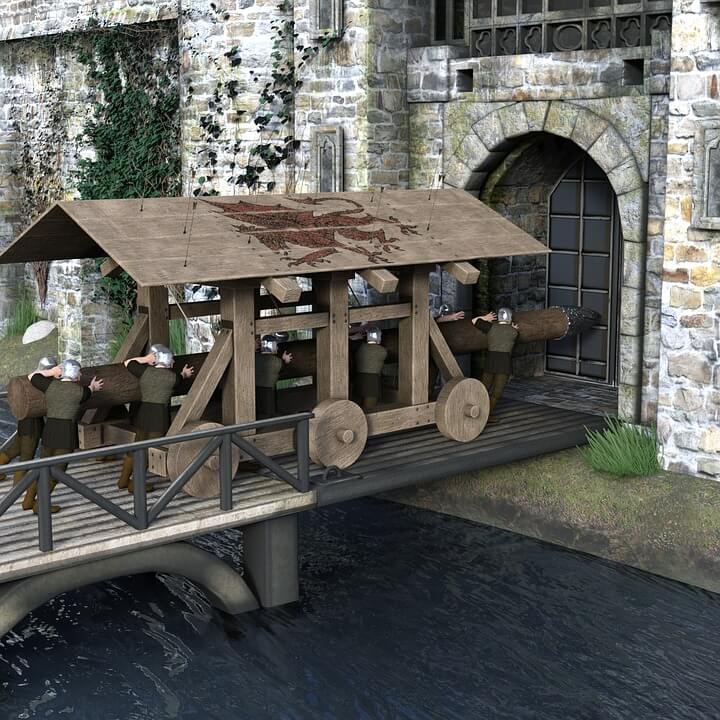Activity 1: Can You Find It?
Find the following in the artwork:
- Guidoriccio da Fogliano
- Montemassi
- White and Black Flags
- Army Tents
- Baton
- Ramparts
- Castle
- Siege Engine (Stone-Throwing Machine)
Activity 2: Narrate the Artwork
- After studying the artwork, narrate the scene shown aloud using your own words.
Activity 3: Study Siege Engines
- Siege engines were used to knock down heavy castle doors or protective walls.
- Types of siege engines included stone-throwing machines and battering rams.
- Study a closeup of the stone-throwing machine from the artwork. Note the basket on a rope for holding the stone.
- Study the image of a battering ram. Why did the soldiers build a roof on the top of it?
- Compare and contrast the risks and rewards of using the stone-throwing machine and the battering ram.
- If you were a commander, leading a siege, which would you rather use and why?
Activity 4: Map the Artwork
Zoom in to find the location of Grosseto, Italy. Montemassi is a bit north of Grosseto.
Activity 5: Classify the Artwork
- This artwork belongs to the Gothic art movement.
- Find the Gothic art movement on the timeline.
- During which (estimated) years did the Gothic art movement flourish?
- Which art movement preceded the Gothic art movement?
- Which art movement followed the Gothic art movement?
Activity 6: Recreate the Artwork

- Click the crayon above and complete page 10 of 'Fourth Grade Art History Coloring Book.'
 Western Art Movements I
Art Movements
Western Art Movements I
Art Movements

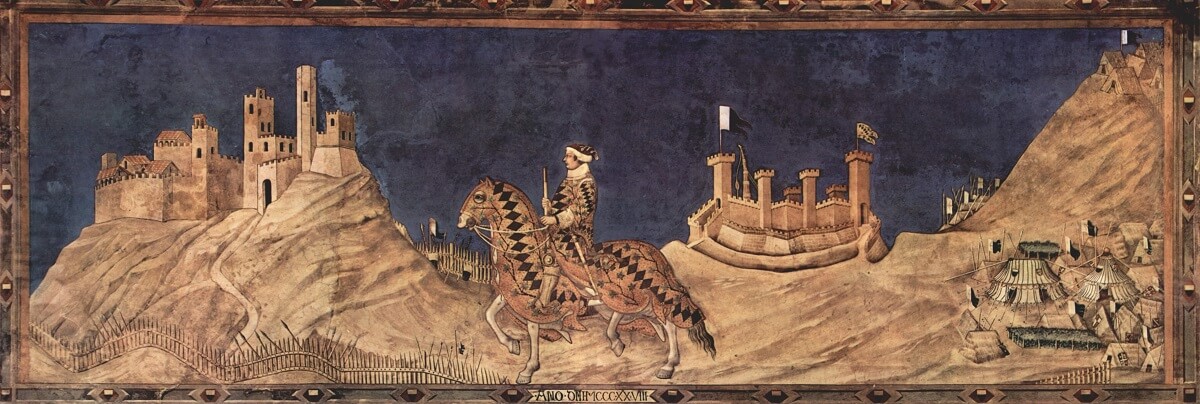
 Western Art Movements I
Art Movements
Western Art Movements I
Art Movements

